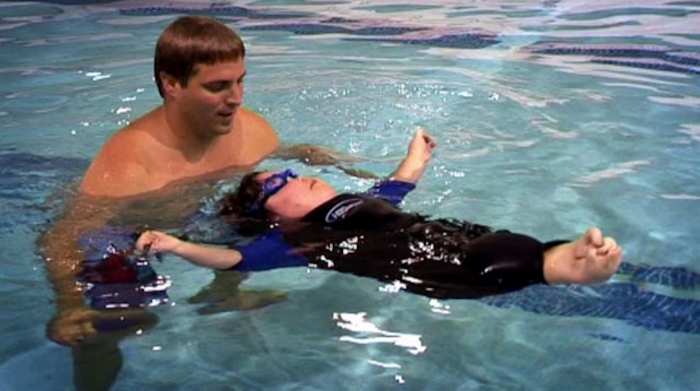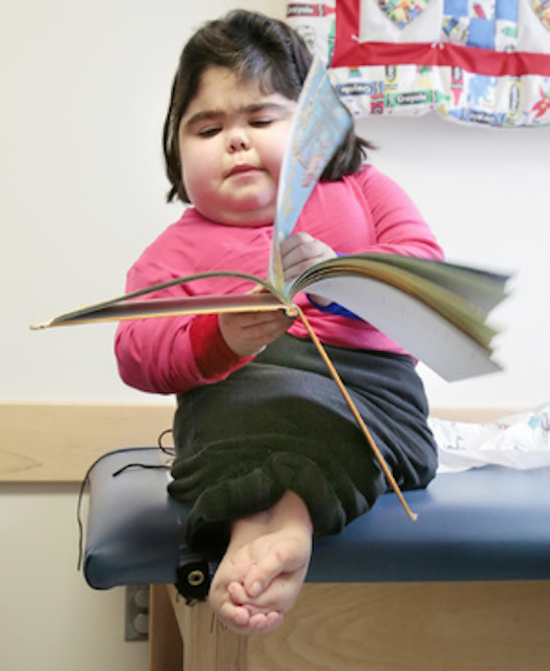“Some people are short, some people are tall, some people have two legs and I don’t.”
Shiloh Pepin on Facebook
When Shiloh Pepin was born, on the 4th August 1999 in Kennebunkport, a small town in Maine, her parents thought she wouldn’t survive for any longer than a few months. The baby’s legs were completely melted together. Shiloh was missing the vagina, the uterus and the rectum; she could only rely upon a 15 centimetres-long colon, and a quarter of a kidney.
Shiloh’s congenital malformation is called sirenomelia and is a very rare disease affecting approximately a newborn baby in one hundred thousands – more or less the same incidence of siamese twins. Half the foetuses suffering from sirenomelia are stillborn and, if pregnancy is successfully carried to term, the malformation nevertheless provokes the death of the newborn after one or two days.
Considering her conditions, there was no hope at all for little Shiloh. She seemed to resist until she reached the age of three months, when her underdeveloped kidney – her body’s only means to filter blood – stopped working. The baby had to initiate dialysis. And yet she was not going to surrender: she proved to be surprisingly strong and full of energy, in such a measure that she ended up inspiriting her parents too. They started then to wonder what kind of future their daughter was destined for.
In the very rare cases of sirenomelia in which the babies manage to survive to birth, their legs are surgically separated. Such operations are extremely long, very painful and difficult: they start by inserting silicone implants to space out the bones and stretch the skin, and they go on with gradual cuts to separate the ends. All this means spending many and many years in and out of operating theatres. But there is the successful case of Tiffany Yorks, another girl suffering from sirenomelia: she is now twenty-six years old and she can walk thanks to surgery, although with the constant risk of getting bone fractures. It was a unique case in the world, but it gave some kind of hope to Shiloh’s parents.
In the meantime the little girl grew up and, in spite of two kidney transplants, she started school. She was clever, cheerful and she loved jokes, but above all she had a positive attitude towards her illness. She loved to swim in the swimming pool, as if to exorcize the scientific name of the deformity that resembled her to a mythological sea creature: if she had to be a mermaid, she was going to enjoy it.
Shiloh’s parents couldn’t make up their mind whether to have her operated or not: in her case, in fact, veins and arteries were intersected and extended from one leg to the other, so that the operation was going to be even more difficult. When the girl turned 10 years old, it was too late to operate her without endangering her life. In the meantime Shiloh had become a little celebrity: as the protagonist of the documentary movie Extraordinary People: Mermaid Girl, and other TV specials, the “little mermaid” had gained a hoard of supporters and admirers that, via Facebook and the Internet, kept on sending her messages of encouragement. She reached a peak of popularity when she participated in the Oprah Winfrey Show on the 22nd September 2009.
Unfortunately, exactly one month after the show, Shiloh was defeated by pneumonia. Her case is extraordinary not only because very few patients suffering from sirenomelia survive after birth, but also and above all because, in spite of the many big challenges issued to her by nature, she had never lost her enthusiasm and the desire to have fun.





